Directions (1-5): In the given questions, two quantities are given, one as ‘Quantity I’ and another as ‘Quantity II’. You have to determine relationship between two quantities and choose the appropriate option:
Q1. ⅖th of P is equal to ¼ th of Q and 37 ½ % of (P + Q) is equal to 234.
Quantity I: What will be difference between P & Q.
Quantity II: 144.
(a) Quantity I > Quantity II
(b) Quantity I < Quantity II
(c) Quantity I ≥ Quantity II
(d) Quantity I = Quantity II or no relation
(e) Quantity I≤ Quantity II
Q2. A man invested Rs. P in a scheme offering 20% p.a. at CI compounding annually, at the end of two years interest received by him is Rs.7040.
Quantity I: Find value of P (in Rs.).
Quantity II: Rs.20000
(a) Quantity I < Quantity II
(b) Quantity I > Quantity II
(c) Quantity I = Quantity II or no relation
(d) Quantity I ≥ Quantity II
(e) Quantity I≤ Quantity II
Q3. Quantity I: If the radius and height of a cylinder is increased by 25% and 30%, then find out the percent change in its lateral surface area respectively.
Quantity II: 62.5%
(a) Quantity I = Quantity II or no relation
(b) Quantity I > Quantity II
(c) Quantity I < Quantity II
(d) Quantity I ≥ Quantity II
(e) Quantity I≤ Quantity II
Q4. A bag contains x blue balls and 5 pink balls. When two balls are drawn randomly from the bag, then the probability of getting 2 pink balls is 5/33.
Quantity I: Find x.
Quantity II: 6
(a) Quantity I = Quantity II or no relation
(b) Quantity I > Quantity II
(c) Quantity I < Quantity II
(d) Quantity I ≥ Quantity II
(e) Quantity I≤ Quantity II
Q5. Three years ago, the difference between the ages of Ajay and Vijay was 6 years. 10 years hence, ratio of ages of Ajay and Vijay will be 11 : 14 respectively.
Quantity I: Find the present age of Vijay.
Quantity II: 20 years.
(a) Quantity I = Quantity II or no relation
(b) Quantity I > Quantity II
(c) Quantity I < Quantity II
(d) Quantity I ≥ Quantity II
(e) Quantity I≤ Quantity II
Directions (6-10):- Each of the following questions is provided with 2 statements i.e. Statement I & Statement II. You have to study them and find which statement (s) is/are necessary to answer the question as per the instruction set given below.
(a) Only Statement I is sufficient
(b) Only Statement II is sufficient
(c) Neither Statement I nor Statement II is sufficient
(d) Either Statement I or Statement II is sufficient
(e) Both Statement I & Statement II together is sufficient
Q6. What is speed of car?
Statement I: Car can cover a distance of 100 km in 2 hour.
Statement II: Speed of bike is 20 kmph which is 40% of speed of car.
Q7. What is length of platform?
Statement I: a train covers the platform in 20 sec.
Statement II: the length of train is 50% of length of platform.
Q8. What is ratio of boys to girls in the class?
Statement I: total students in class are 100.
Statement II: boys are 20% more than girls.
Q9. What is present salary of Sanjay?
Statement I: Sanjay saves Rs. 500 which is 10% of his salary.
Statement II: Sanjay spends Rs. 2000 more than he saves.
Q10. What is present population?
Statement I: the population last year was 1000.
Statement II: population increases by 10% every year.
Directions (11-15): The following questions are accompanied by two statements i.e. statement (I) and statement (II). You have to determine which statements(s) is/are sufficient/necessary to answer the questions.
(a) Neither statement (I) nor statement (II) by itself is sufficient to answer the question.
(b) Statement (II) alone is sufficient to answer the question but statement (I) alone is not sufficient to answer the question.
(c) Either statement (I) or statement (II) by itself is sufficient to answer the question.
(d) Both the statements taken together are necessary to answer the questions, but neither of the statements alone is sufficient to answer the question.
(e) Statement (I) alone is sufficient to answer the question but statement (II) alone is not sufficient to answer the questions
Q11. A sum of Rs.1860 is to be divided among M, N & S. Find the profit share of M, N & S respectively.
Statement (I). S gets 3/7th of the amount received by N.
Statement (II). M gets amount 66⅔% more than S.
Q12. If √z and √h are integers and 32<z<h<90. Find the value of z+h/2.
Statement (I). z+h≥70
Statement (II). 9z = 4h.
Q13. There are five consecutive number which are multiple of two. Find the second largest number.
Statement (I). Difference between largest and second smallest number is 6.
Statement (II). Sum of second largest number and smallest number is 14.
Q14. What was the total C.I. on a sum of Rs.1000 after three years at rate of interest of R%?
Statement (I). The interest after one year was Rs.100 on same sum and same rate of interest.
Statement (II). The difference between S.I. and C.I. on same sum and same rate at the end of two years was Rs.10.
Q15. Find the present age of Pallavi.
Statement (I). Himanshi is twice the age of Priya and sum of their age is 72 years.
Statement (II). Pallavi is 3 years younger to Priya.
Solutions
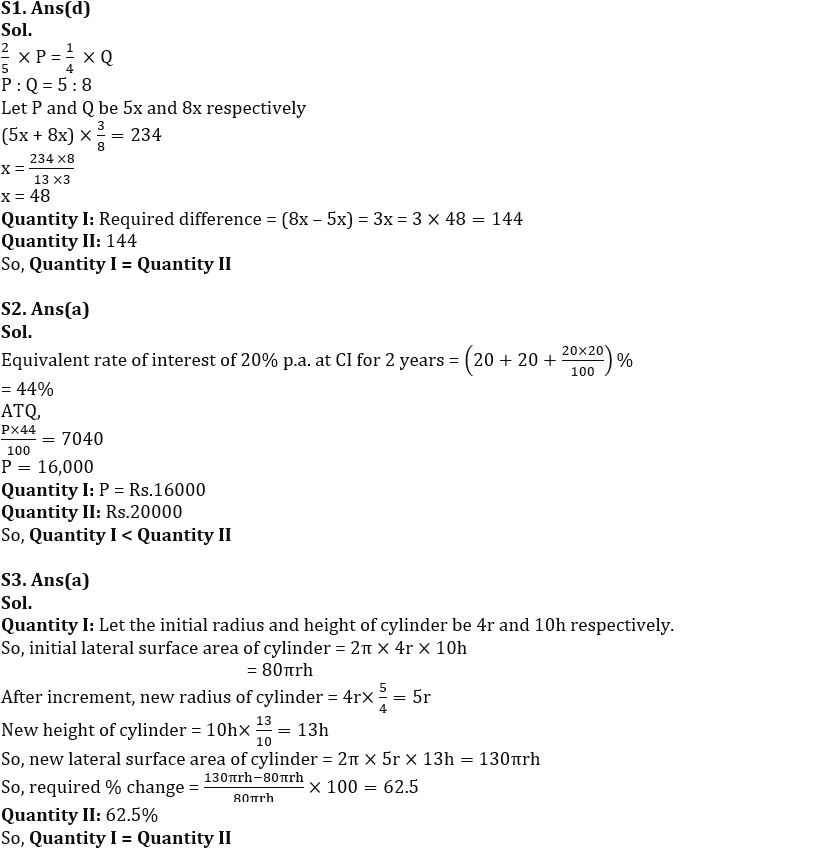
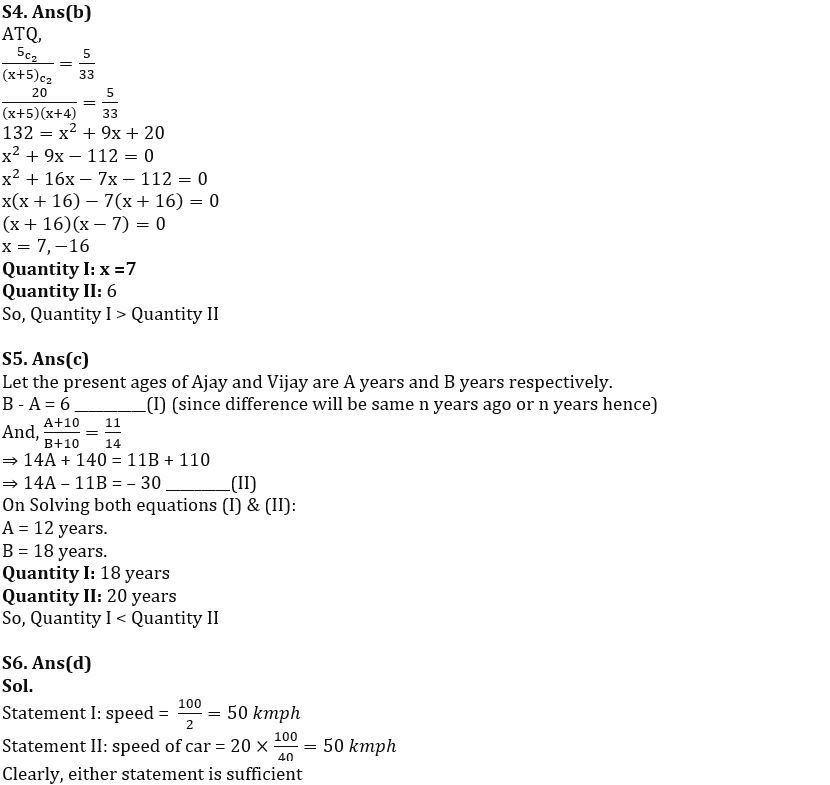
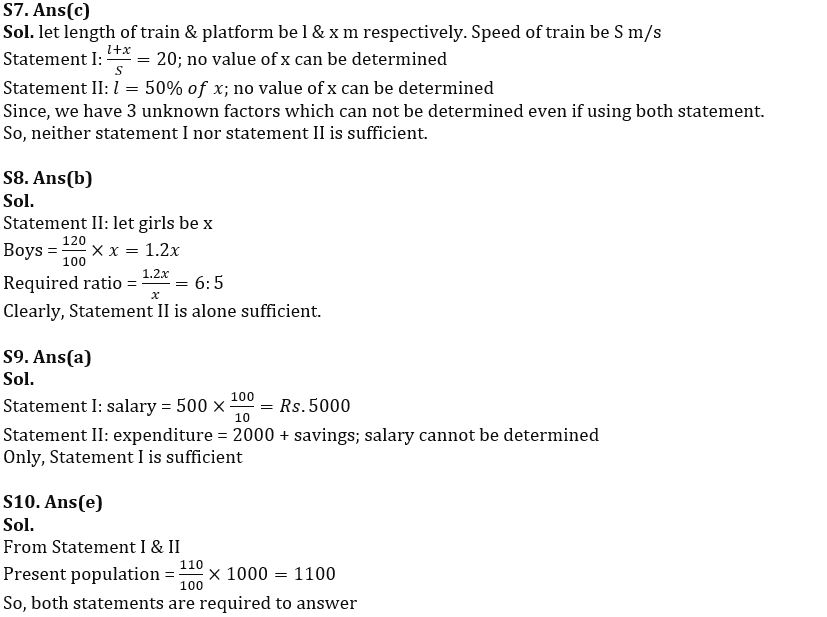
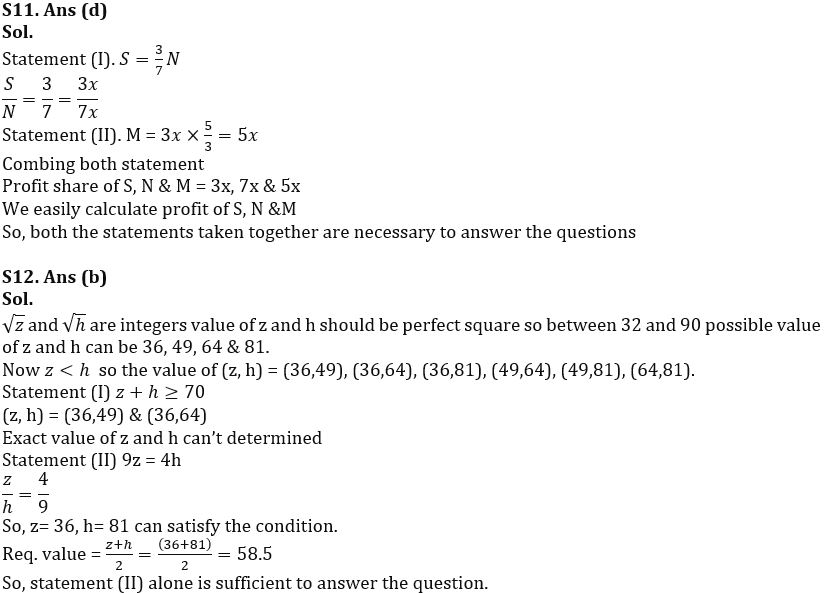
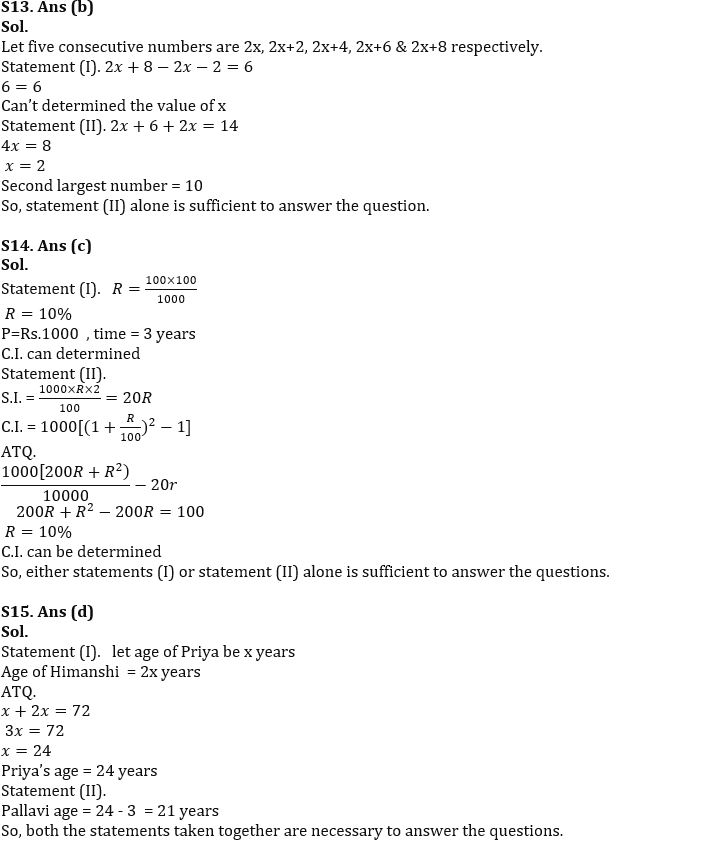


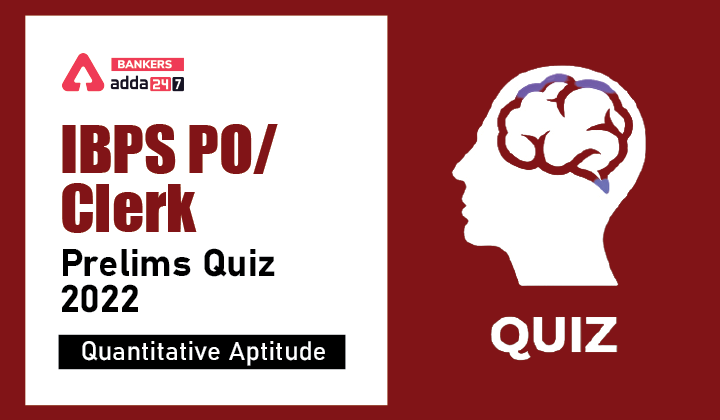
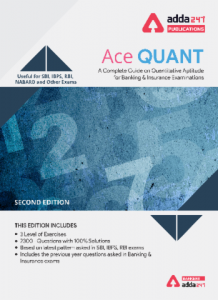

 GA Capsule for SBI Clerk Mains 2025, Dow...
GA Capsule for SBI Clerk Mains 2025, Dow...
 The Hindu Review October 2022: Download ...
The Hindu Review October 2022: Download ...
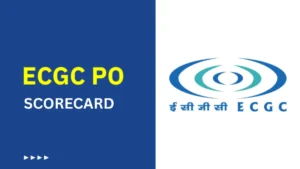 ECGC PO Scorecard 2025 Out, Check Marks
ECGC PO Scorecard 2025 Out, Check Marks




